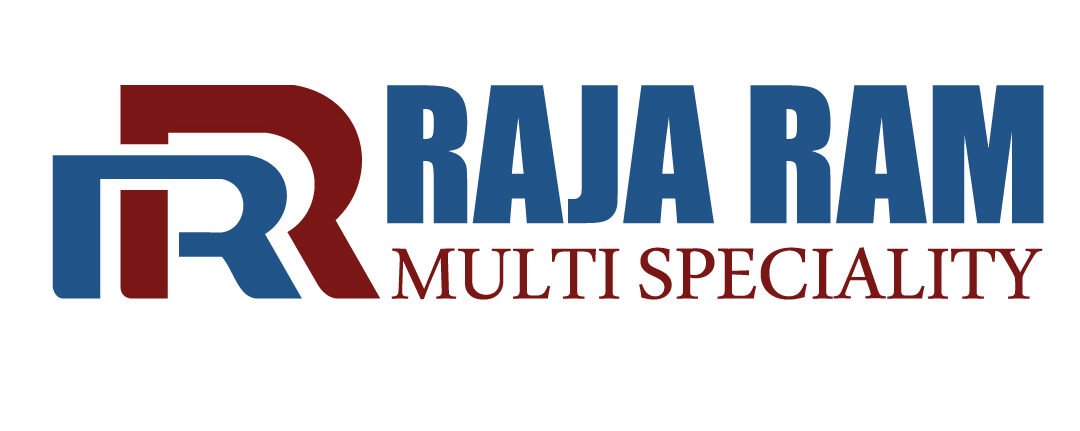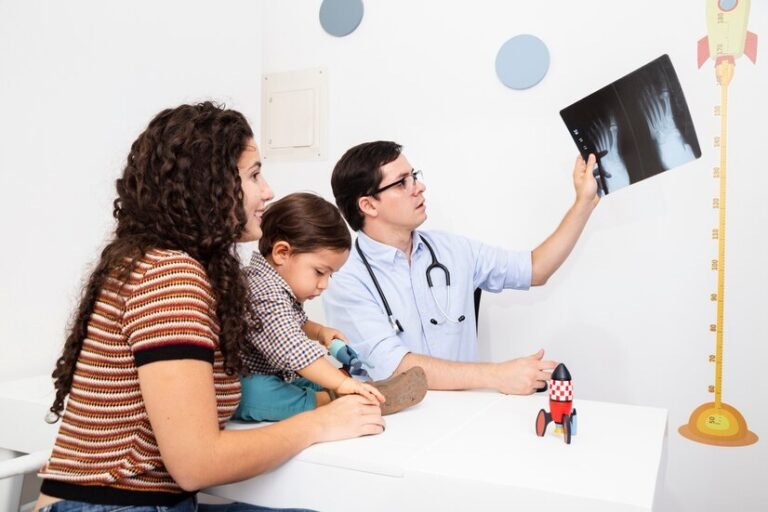Breaking the Sound Barrier Understanding Challenges in Hearing and Speech.
Communication is a vital aspect of human interaction, shaping our relationships, education, and overall quality of life. However, for individuals facing challenges in hearing and speech, a unique set of hurdles emerges. In this exploration, we will delve into the intricate landscape of hearing and speech disorders, aiming to foster understanding, compassion, and a collective effort to break down barriers.
To Know More About It Please Click Here
The Complexity of Hearing Disorders
1. Types and Causes: Hearing disorders encompass a spectrum, including conductive and sensorineural hearing loss. While congenital factors and genetic predispositions play a role, acquired factors like exposure to loud noises or infections can also contribute.
2. Impact on Communication: Hearing loss can lead to difficulties in understanding spoken language, affecting daily interactions, social relationships, and educational pursuits. The isolation caused by a diminished ability to engage with the auditory world is a significant emotional challenge.
3. Diagnostic Journey: Diagnosing hearing disorders involves audiometric tests, speech audiometry, and evaluations by audiologists. Early diagnosis is crucial for timely intervention and support.
The Dynamics of Speech Disorders:
1. Varied Manifestations: Speech disorders, including articulation, fluency, and voice disorders, present diverse challenges. Some individuals may struggle with pronouncing sounds, while others may face interruptions in the flow of speech or alterations in voice quality.
2. Causes and Complexity: Developmental, neurological, and environmental factors contribute to speech disorders. For children, early exposure to language stimulation is pivotal, and any delays in speech milestones may warrant intervention.
3. Emotional Implications: Speech disorders can impact self-esteem and social interactions, leading to frustration and a sense of inadequacy. Addressing the emotional well-being of individuals with speech disorders is an integral part of holistic care.
Multidisciplinary Approaches to Intervention:
1. Hearing Disorder Intervention:
- Hearing Aids: Amplifying sound for those with sensorineural hearing loss.
- Cochlear Implants: Artificial devices stimulating the auditory nerve for profound hearing loss.
- Assistive Listening Devices: Tools enhancing communication in specific environments.
2. Speech Disorder Intervention:
- Speech Therapy: Tailored sessions addressing specific speech challenges.
- Augmentative and Alternative Communication (AAC): Devices and strategies supporting or replacing speech when needed.
Supportive Environments and Coping Strategies
1. Emotional Support:
- Counseling: Providing emotional support for individuals and their families to navigate the challenges of hearing and speech disorders.
- Peer Support Groups: Connecting with others facing similar challenges fosters a sense of community.
2. Educational Accommodations:
- Individualized Education Plans (IEPs): Academic accommodations and support for students with hearing or speech disorders.
- Inclusive Learning Environments: Creating classrooms that embrace diverse communication needs.
Advocacy, Awareness, and Inclusivity
1. Public Awareness:
- Advocacy Initiatives: Raising awareness about the impact of hearing and speech disorders.
- Inclusive Policies: Encouraging inclusivity and accessibility in public spaces, workplaces, and educational institutions.
2. Technological Advancements:
- Captioning and Subtitling: Making audiovisual content accessible to individuals with hearing impairments.
- Speech Recognition Technology: Facilitating communication for those with speech disorders.
To Know More About It Please Click Here
Conclusion
Breaking the sound barrier involves not just technological advancements and therapeutic interventions but a collective commitment to understanding, empathy, and inclusivity. By fostering awareness, advocating for accessible environments, and embracing diverse communication methods, we contribute to a world where everyone, regardless of their hearing or speech abilities, can engage in meaningful and effective communication. In breaking down these barriers, we create a society where every voice is heard and valued.








